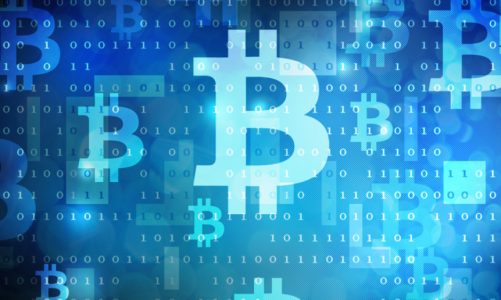In the ten years since Bitcoin entered the financial scene, central banks have been quietly dabbling in their own digital currencies. Now, Mastercard has introduced a tool designed to simulate how those currencies would work in the real world.
The payments giant announced the project on Wednesday morning, calling it the Central Bank’s Digital Currency Testing Platform – a bland title to be sure, but one that will likely find favor with cautious central bankers.
For central banks, including the Federal Reserve, a purely digital currency, not linked to paper coins or banknotes, would represent a step beyond the existing system of electronic money transfer. A central bank could, for example, distribute money directly to consumers without relying on commercial banks as intermediaries.
State-backed digital money also offers the potential for greater efficiency in payments and money transfers, allowing merchants to close deals instantly and avoid the current patchwork of banks and clearinghouses, which can take days.
The Mastercard platform, or “sandbox” in tech parlance, will allow central banks to issue digital versions of their currency in a controlled environment and test how those currencies connect to existing banking and payment networks, and see if they are practices for consumers to buy. . goods and services.
In an interview with Fortune, Mastercard Executive Vice President Raj Dhamodharan said that the company is already working with several central banks and is inviting various third parties, from banks to technology companies, to join its testing platform.
The Mastercard initiative comes at a time of growing interest in digital currency among central banks. A 2018 survey by the International Monetary Fund, cited by the Wall Street Journal, found that government bankers are experimenting with technology as a way to lower costs and slow the rise of private cryptocurrencies like Bitcoin. A more recent survey from the Bank for International Settlements found that 80% of the world is involved in some form of digital currency research.
The advent of state-backed digital currencies is also fraught with geopolitical significance. The People’s Bank of China is about to launch a digital yuan, which many believe will help China weaken the dollar’s influence on world trade. Meanwhile, outgoing Bank of England Governor Mark Carney speculated last year that a group of companies could endorse a new digital currency to challenge the dollar’s role as the preeminent reserve currency.
Not to be left behind, a Facebook-led consortium of companies is working on a new form of digital money called Libra, which is tied to traditional currencies and could offer a new way to buy and pay to the billions of users of the social network.
Projects like Libra and especially the digital yuan also pose significant privacy risks, as the networks through which the coins travel can also track who is spending the money and where.
According to Dhamodharan, Mastercard is sensitive to privacy concerns and is building its test kit to reflect that. It declined to provide details on the software Mastercard is using to implement its testnet, other than saying that it is blockchain, the same technology that Bitcoin is based on.




